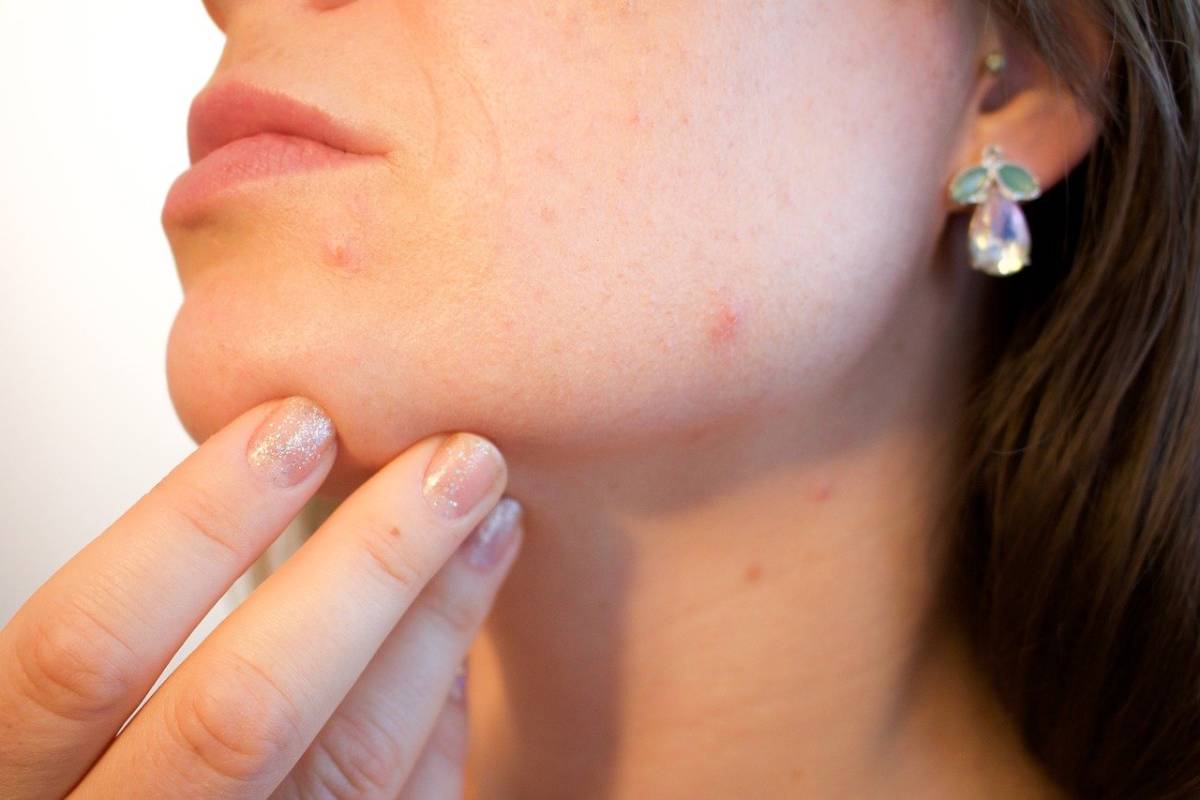Pimple – When blackheads and pimples sprout, the first reflex is often pressure, tingling, pounding. Stop it because it will only make things worse. If you follow these eight rules, you can get the skin blemishes under control in just 60 seconds. The skin then does the healing itself.
Table of Contents
1. Stay away
Easier said than done. Sometimes it takes an almost superhuman will to keep your hands off a newly discovered pustule.
They can itch, hurt, and, most importantly, make you feel uncomfortable in your skin. But: As long as a pimple is not a whitehead, i.e., is not visibly filled with pus, squeezing is an absolute taboo! This is especially true for pimples that are deep in the skin and pimples on the buttocks.
There is barely noticeable dirt under the nails, which makes inflammation worse. The sharp edges of the fingernails can even injure the skin so severely that they leave scars. In addition, the skin does not need the regular four days to heal, but three to four times as long.
2. Peeling break
Unfortunately, you can’t just scrub away pimples.
Peeling is a preventive measure because it loosens old skin cells and the sebum then flows out of the pores better. On the other hand, if you peel a pimple, you do the opposite of what it intends. The bacteria in the skin spread and can trigger further inflammation.
- It is better to use gentle cleansing foam or gel instead of irritating the already inflamed skin with a peeling.
- Spray a skin disinfectant on a cotton pad and gently dab the pimple.
- Zinc ointment or hydrocortisone cream help with particularly painful inflammations.
- You can also Submit Post with Query “Pigmentation Write For Us”
3. Cool, cool, cool
Cold reduces inflammation and ensures that a pimple no longer hurts as much. Heat, for example, from warm compresses, on the other hand, allows the pores to open and the inflammation to penetrate to the surface.
4. The best home remedies for pimples
Almost everyone has these first aiders in the kitchen.
- Honey or cinnamon has an antiseptic effect.
- Tea tree oil, which is available in pen form in drugstores and pharmacies, also has anti-inflammatory and wound-healing effects.
- Diluted apple cider vinegar helps the skin stabilize its natural pH value and has an “astringent” effect – the pores contract, and blood circulation is stimulate. Mix a few drops of vinegar in a ratio of 1: 4 with water, absorb with a cotton pad and use as a facial toner.
- Baking soda, or even better, pure baking soda, removes damaged skin cells and dirt. To do this, mix a small amount of water and apply it to the affected areas like a mask. You let the paste work until it is dry.
If you have sensitive skin, avoid the baking soda treatment, as contact can lead to redness.
5. Quick help with eye drops
If you discover a pimple shortly before going out, eye drops may help. But only temporarily. The dots, usually used for reddened eyes, make a red pimple less dramatic because the blood vessels contract. However, it does not have a healing effect. You can also dab the affected area with toner for relief.
6. Cover pimples properly
- A concealer stick with salicylic acid makes the pimple invisible for the time being and promotes wound healing. Since it is usually a fairly thick paste, it is advisable to apply it with a cotton pad or cotton swab to achieve the best possible visual result.
- Foundation and make-up: Once the inflammation has healed, you can switch from a concealer to a light foundation or make-up with an antibacterial effect.
- Powder: Finally, fix the whole thing with a touch of mineral powder and cover any slightly visible redness.

